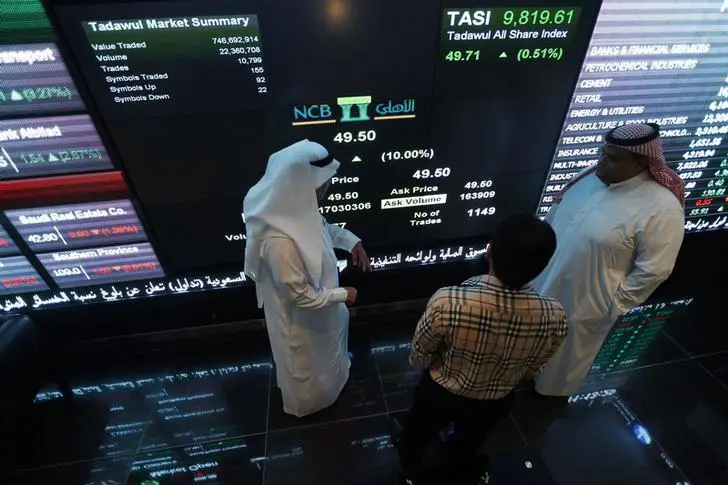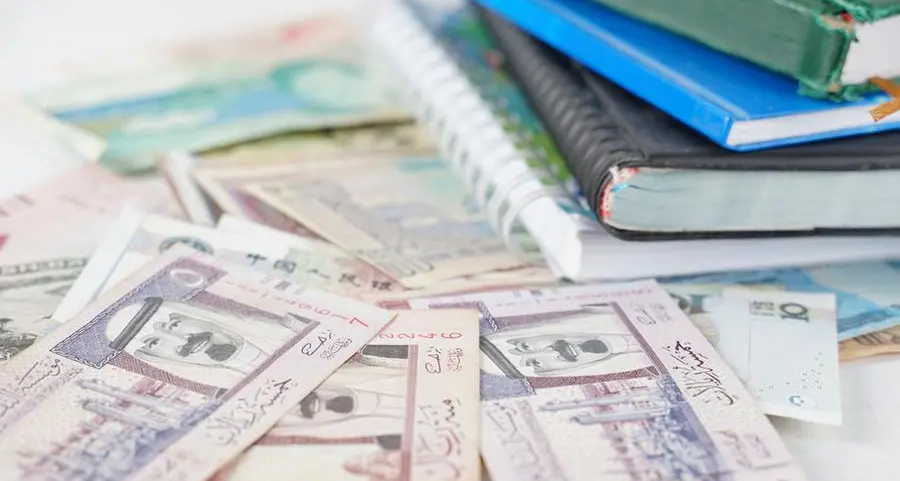PHOTO
Dry land of the Sperrgebiet (now known as Tsau //Khaeb national park) on the road to Luderitz. Namibia's 300,000 tpa green hydrogen project would be located in the Tsau //Khaeb.
Namibia is planning to purchase power from its $10 billion green hydrogen project to substitute imported energy from South Africa, a senior government official said at the Siemens MEA Energy Week.
Presidential Economic Advisor James Mnyupe said the country’s utility is looking to enter into a special power purchase agreement with the green hydrogen project for the excess power generated.
The 300,000 tonnes per year capacity green hydrogen project being developed by local company Hyphen includes 5-6 gigawatts of renewable generation capacity and 3 gigawatts of electrolyser capacity.
“We are going to get them to oversize a few assets…battery, strengthening of the grid, and fund that extra oversizing separately using the agreement between us and Germany,” said Mnyupe.
Namibia imports 60-70 percent of its electricity requirements, mainly from neighbouring South Africa.
“The cost of electricity can be anywhere between 2-3 US cents/kWh. Currently our power costs are 9-12 cents a kWh from the special power purchase agreement with South Africa.”
“Hydrogen exports into South Africa, one of the largest producers and consumers of grey hydrogen, is our long-term target. We expect to produce green hydrogen at less than $2 per kg,” he said.
The official said locally produced green hydrogen could be used in zinc smelting, in the iron industry to make higher value export products, and for converting ammonia to ammonium nitrate to make explosives for use by the local mining industry
He added that a government appointed Green Hydrogen Council has been tasked with incubating a synthetic fuels industry in the country.
Funding
Commenting on the funding plans, he said, Namibia is in discussions with the European Commission to mobilise concessionary multilateral funding from the European Investment Bank (EIB) to make the molecules produced affordable.
The country has signed MoUs with the Dutch, Belgian and German governments to develop its green hydrogen industry.
“The Dutch have provided grant funding for a port master plan study. They will get preferred status to help develop the port to enable it to ship hydrogen and related molecules,” he said.
A €40 million funding from Germany, the biggest received so far, is being used for pilot projects to help German and local entrepreneurs get a soft start at new industries.
“A request for proposals attracted 25 applications for pilot projects though the government was looking to fund only 2-3 projects. We will select five at maximum, but we want to go on a fund- raising spree for the other 20 since these projects are useful from a sector coupling perspective. One of them uses sustainable sources of carbon from the North-western part of Namibia to make synthetic fuels to be shipped to Germany or Netherlands or to private players such as DHL who have approached us.”
Construction for the 125,000 tonnes Phase 1 of the green hydrogen project is expected to begin in 2025 with production targeted for 2026.
(Reporting by Sowmya Sundar; Editing by Anoop Menon)























